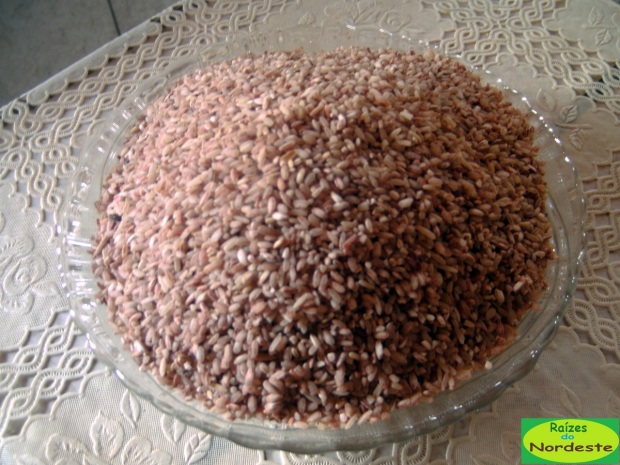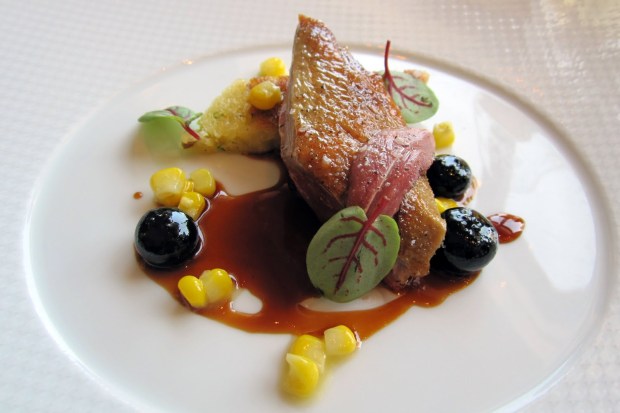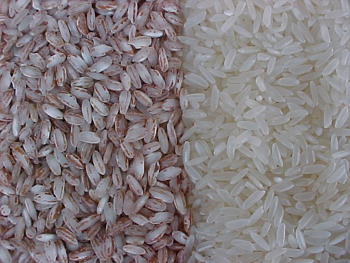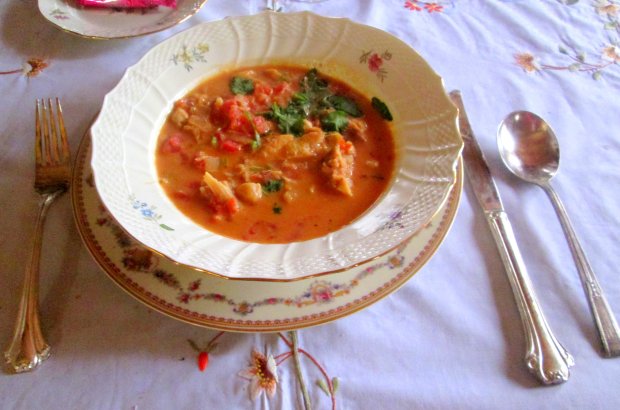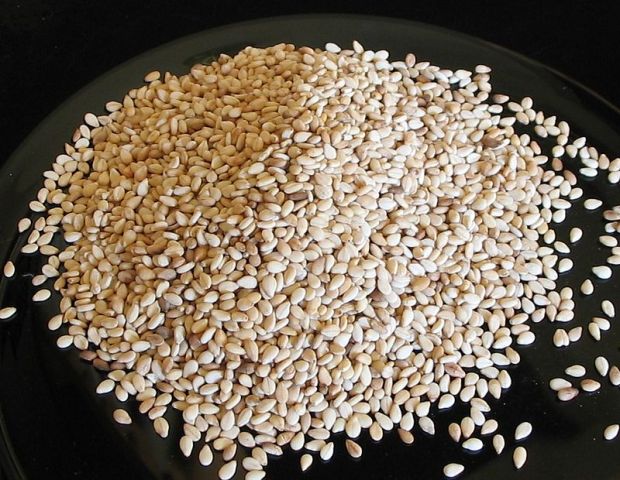

There is no telling how halwa made its way from the Middle East to my part of northeast Brazil. Quite possibly it travelled with Sephardic Jews who fled Europe or who were sent into exile. There is also a chance that it arrived with Christian immigrants whose culinary repertoire included dishes from Islamic Iberia. Either way, by my maternal grandmother’s time, its Arabic name had been changed to an abbreviated form of the Portuguese word for spices, especie, from especiarias. The original recipe itself underwent a transformation to include manioc flour, the byproduct of the poisonous manioc plant, Manihot esculenta, that African slaves brought to the New World along with the formula to make it edible.
My grandmother needed no recipe to make the Brazilian version of halwa. Most probably she memorised it when she watched former slaves prepare it in her father’s kitchen. Quick digression–slavery ended in 1888, in Brazil. My grandmother was born two years later. She neither took part in exploiting Africans nor did she profit from slavery. As for her father, this is neither the time nor place for his story. Well then, back to halwa and its romantic associations with an Islamic Iberia so many ing contemporary historians paint in pretty pastel colors. Allow me to join them in ignoring Moorish rulers’ stringent rules for those they conquered. Let me dwell on the fuzzy-wuzzy view of unpleasant events and leave out these rulers’ occasional massacres of Christians and Jews, their contempt for women. Rather, let me talk about feasts in the gardens of the Alhambra. Let me envision an assembly of guests dressed in fine brocade–men only except for women musicians and dancers, people too low on the social scale to matter much. But who cares about inequality when the music of the oud harmonizes with the song of water fountains and the perfume of roses and carnations fills the air? Unless the current ruler is a fanatic recently arrived from a goat skin tent city in the desert, there is probably wine to go with pastilla, the chicken and almond pastry that best represents Ibero-Arabian fusion cuisine. Let me focus on that. Let me picture doe-eyed men with falcon profile, listening to such entrancing muwashashat they remain oblivious of the succulent bits of pastilla filling they hold in the perfumed fingers of their right hand. Let see that when slaves–slavery is not a European invention–cleared away the remains of chicken pie, after the men washed their hands in rose water, perhaps it was time for veiled Circassian captives to bring in gold plates heaped with sesame seed halwa. It all sounds like a fragment from a romance novel, doesn’t it? Such is the real history of Iberia.
Though she did not know it, my grandmother held much of Islamic Iberia in her memory. Grandmothers often are the transmitters of memories. Their role includes link past and present generations. But my grandmother did not think in such terms, For her, cooking, praying, and singing ancient songs were simply part of her family tradition. I doubt that she ever took the time to question any of them. Past and present merged in her as naturally as the rain falls and the crops mature. There was no symbolism in the halwa she sent me when I was away from home. There was no reminder of who we had been five centuries earlier, in Toledo, Spain. My grandmother did not know that her family whose name she shared had a name in Aramaic. All she knew was a sweet way of comforting a grandchild far from home.
Halwa is a marvelous comfort. Mine arrived in a clear glass jar that made its promise of sweetness a visual experience that expanded to include the familiar scent of clover and cinnamon. To dip a spoon into the rich mix of tahini, sugar and manioc flour was to recall the flavors of childhood–smoky roasted sesame seeds and brown sugar. Sadly, I did not honor the family tradition of memorizing recipes. Many years after I left school, I traveled to another continent. But I did not forsake halwa in my travels. I ate it in Fargo, North Dakota where it was popular with German-Russian immigrants. I ate in Georgetown, Maryland, where Middle Eastern diplomats shop. I ate at the Rue des Rosiers, in Paris. None of it tasted exactly like my grandmother’s. None of it had the taste of home.

